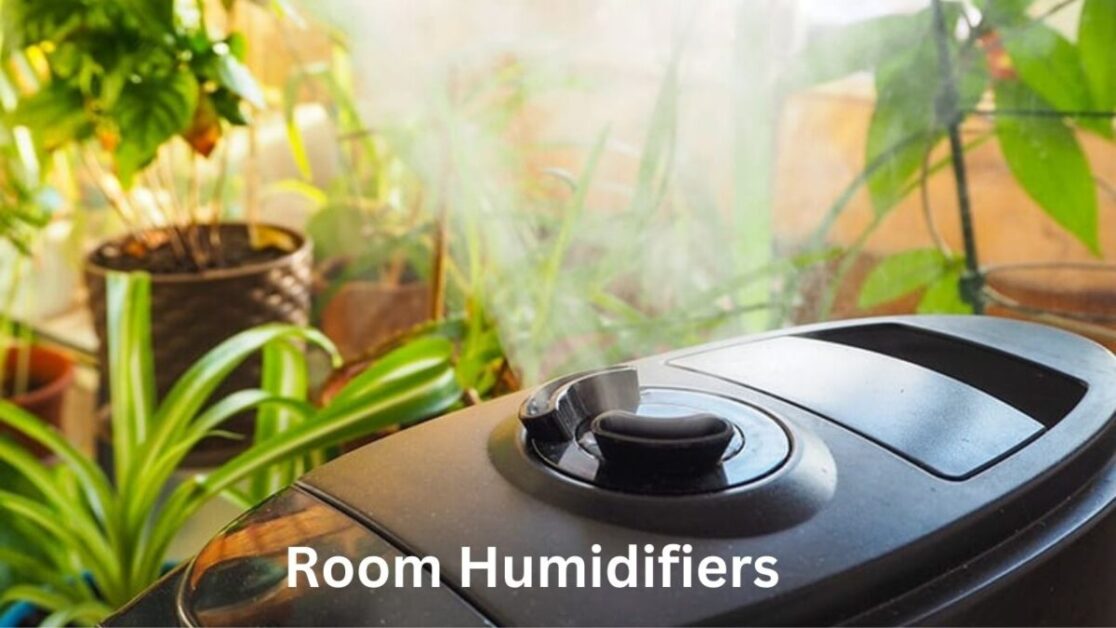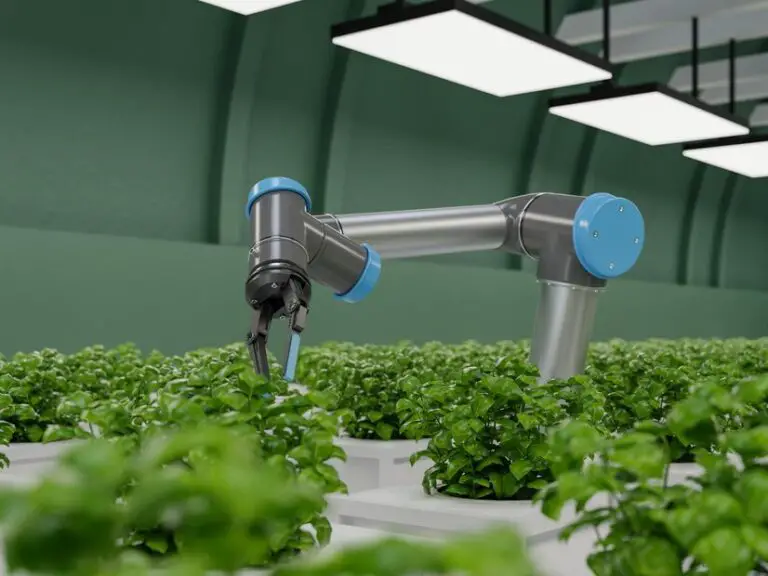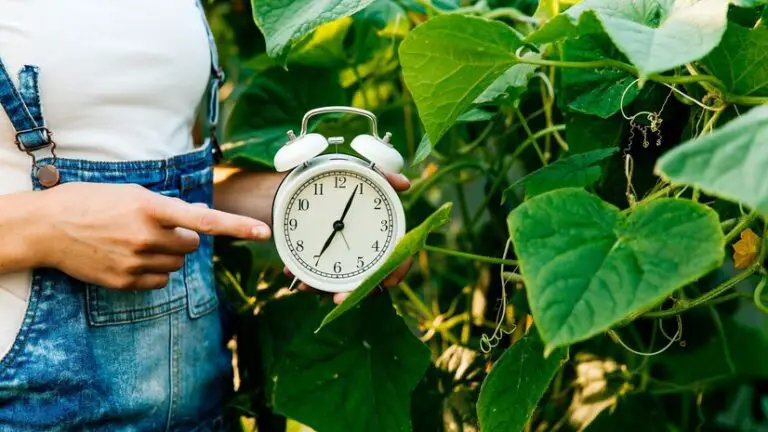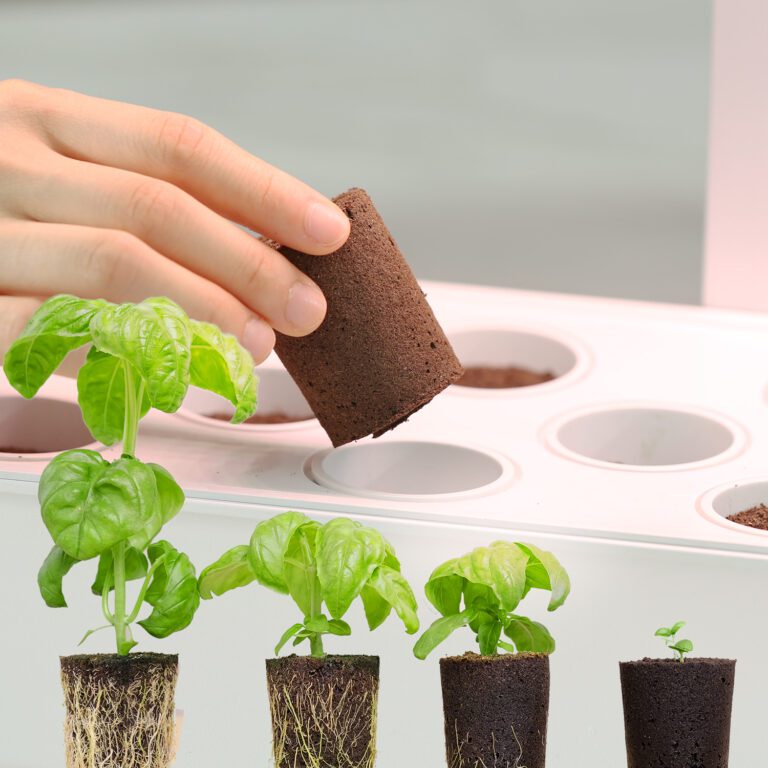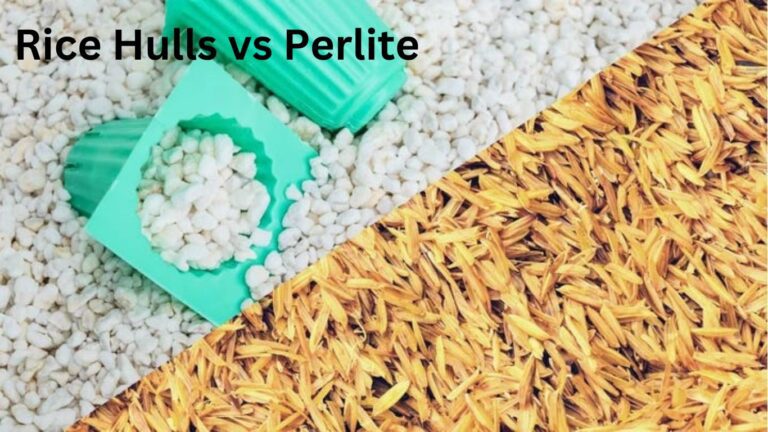Best Grow Room Humidifiers: A Review of the Top Products for Maintaining the Ideal Humidity Level for Your Plants
Table of Contents
Understanding the Importance of Humidity Control in Grow Room Humidifiers
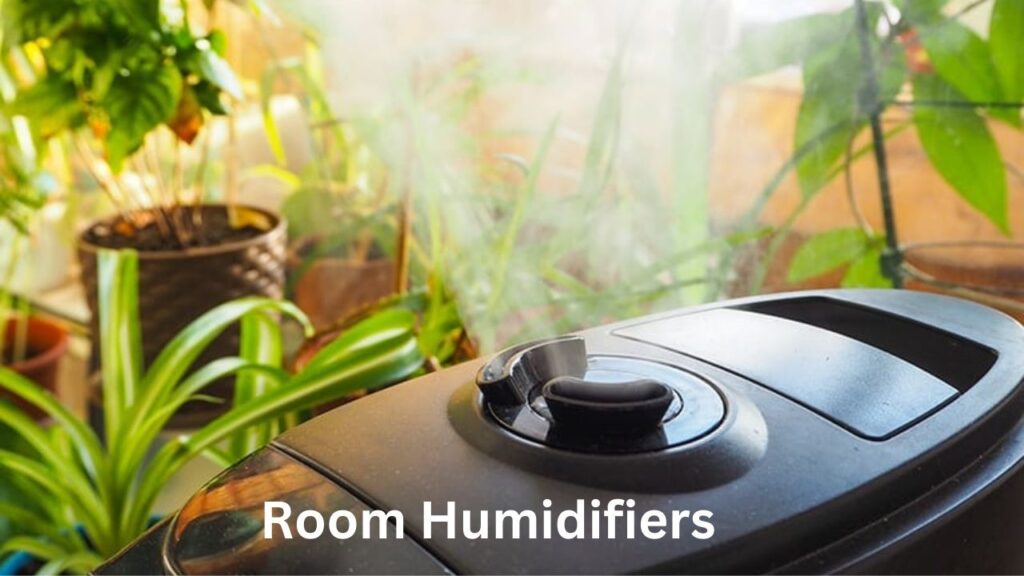
Humidity control plays a crucial role in the success of grow rooms. It is a key factor that directly impacts plants’ growth, development, and overall health. Understanding the importance of humidity control is essential for gardening enthusiasts who want to create optimal growing conditions for their plants.
Maintaining the right humidity level in a grow room helps to regulate transpiration, the process by which plants release moisture through their leaves. When humidity is too low, transpiration rates increase, leading to excessive water loss and potential stress on plants. Conversely, excessive humidity can hinder transpiration, causing moisture to accumulate on plant surfaces and creating a breeding ground for pests and diseases. With proper humidity control, gardeners can create an environment that promotes healthy plant growth, enhances nutrient absorption, and reduces the risk of plant stress and diseases.
Factors to Consider When Choosing a Grow Room Humidifiers
When choosing a grow room humidifier, there are several factors to consider to ensure optimal performance and plant health. One important factor to consider is the size of your grow room. The humidifier you choose should have the capacity to effectively humidify the entire space. It’s recommended to calculate the cubic footage of your grow room and choose a humidifier that is designed for that size.
Another factor to consider is the type of plants you are growing. Different types of plants have different humidity requirements, so it’s important to choose a humidifier that can provide the appropriate moisture level for your specific crops. Some humidifiers have adjustable settings that allow you to control the humidity output, which can be beneficial for growing a variety of plants.
In addition to size and plant requirements, it’s also important to consider the maintenance requirements of the humidifier. Regular cleaning and maintenance are essential to ensure the longevity and efficiency of the unit. Some humidifiers may require more frequent cleaning or filter replacements, so it’s important to factor this into your decision-making process.
Lastly, consider the noise level and energy efficiency of the humidifier. Depending on the location of your grow room, noise level may be a concern. Look for a humidifier that operates quietly, especially if your grow room is located within your home or in a shared space. Energy efficiency is also important to minimize operating costs and reduce your environmental footprint.
By considering these factors, you can choose a grow room humidifier that meets the specific needs of your plants and ensures optimal humidity control in your growing environment.
The Different Types of Grow Room Humidifiers and Their Features
When it comes to selecting a grow room humidifier, it is crucial to consider the different types available and their features. Finding the right humidifier for your needs can significantly impact the success of your indoor gardening endeavors. There are three main types of grow room humidifiers: ultrasonic humidifiers, evaporative humidifiers, and misting systems.
Ultrasonic humidifiers utilize high-frequency vibrations to create a fine mist of water particles, effectively increasing humidity levels. These humidifiers are known for their quiet operation and energy efficiency. Evaporative humidifiers, on the other hand, function by blowing air over a wick or filter saturated with water, causing the water to evaporate and distribute moisture into the air. These humidifiers are more affordable and require less maintenance than other types. Lastly, misting systems are a popular choice for large grow rooms, as they can cover a large area with a fine mist. These systems are often equipped with timers and adjustable nozzles to control humidity levels precisely.
Each type of grow room humidifier has its own set of features to consider. Some humidifiers come with built-in humidistats, allowing for automatic humidity control. Others may have adjustable mist output settings or variable fan speeds. Many humidifiers also offer options for additional features such as ionizers, filters, or essential oil diffusers. It is important to thoroughly research and compare the features of different humidifiers to find the one that best suits your specific gardening needs.
Evaluating the Capacity and Coverage of Grow Room Humidifiers
When evaluating the capacity and coverage of grow room humidifiers, it is important to consider the size of your grow room and the humidity requirements of your plants. A humidifier’s capacity is usually measured in terms of gallons per day (GPD) or liters per day (LPD), which indicates the amount of water the humidifier can add to the air in a 24-hour period. To determine the appropriate capacity for your grow room, you need to calculate the total volume of your space and then consider the specific humidity needs of your plants.
When it comes to coverage, it refers to the area that the humidifier can effectively humidify. Different humidifiers have varying coverage capacities, so it is crucial to select a model that can adequately cover your grow room. Consider factors such as the layout of your space and the distribution of your plants to determine the optimal coverage capacity for your humidifier. Keep in mind that proper coverage ensures that all areas of your grow room receive an adequate and consistent level of humidity, which is crucial for the overall health and growth of your plants.
Examining the Noise Level and Energy Efficiency of Grow Room Humidifiers
Noise level and energy efficiency are important factors to consider when selecting a grow room humidifier. Excessive noise can disrupt the tranquility of the grow space and potentially disturb plant development or the grower’s overall experience. On the other hand, energy efficiency is crucial to minimize power consumption and reduce operational costs while maintaining optimal humidity levels.
When evaluating the noise level of a grow room humidifier, it is essential to consult the manufacturer’s specifications and user reviews. Some humidifiers feature noise reduction technology, such as quiet fans or insulated cabinets, which can significantly reduce noise output. It is important to strike a balance between a humidifier that operates quietly and effectively maintains the required humidity levels.
Energy efficiency is also a significant consideration in selecting a grow room humidifier. High-energy consumption can lead to increased electricity bills and strain on the electrical system. Look for humidifiers with the Energy Star label, as they are designed to meet strict energy efficiency guidelines set by the Environmental Protection Agency (EPA). Additionally, humidifiers with programmable timers or automatic shut-off features can help optimize energy usage by operating only when necessary.
Considering both noise level and energy efficiency is crucial to ensure a harmonious and cost-effective grow room environment. The ideal humidifier will provide the necessary humidity control without disturbing the peace or draining excessive energy from the system. By selecting a humidifier that strikes a balance between these factors, growers can create an optimal growing environment for their plants while minimizing any negative impacts on their surroundings and resources.
Comparing the Pros and Cons of Top Grow Room Humidifiers Brands
When it comes to choosing a grow room humidifier, there are several top brands in the market that offer their own unique features and benefits. Let’s compare the pros and cons of some of these top brands to help you make an informed decision for your grow room.
Brand A is a well-established name in the industry and is known for its reliability and durability. They offer a wide range of humidifiers with various capacity options to suit different grow room sizes. Brand A humidifiers also come with advanced features such as adjustable humidity settings and automatic shut-off, ensuring precise control over the moisture levels in your grow room. However, some users have reported that Brand A humidifiers can be a bit noisy, which may be a concern if you have a small living space or need a quieter environment for your plants.
Brand B, on the other hand, excels in energy efficiency. Their humidifiers are designed to consume less power while providing effective humidity control. This is not only beneficial for the environment but also helps reduce energy costs in the long run. Brand B is also praised for its sleek and modern design, making their humidifiers aesthetically pleasing additions to any grow room. However, it’s worth noting that Brand B humidifiers have a slightly higher initial price tag compared to some other brands, which may be a consideration for budget-conscious growers.
These are just a few examples of the pros and cons you may encounter when comparing different grow room humidifier brands. It’s essential to consider your specific needs, budget, and the requirements of your plants before making a decision. By carefully evaluating these factors and the features offered by each brand, you can find a humidifier that best meets your grow room’s humidity control needs.
Tips for Proper Placement and Maintenance of Grow Room Humidifiers
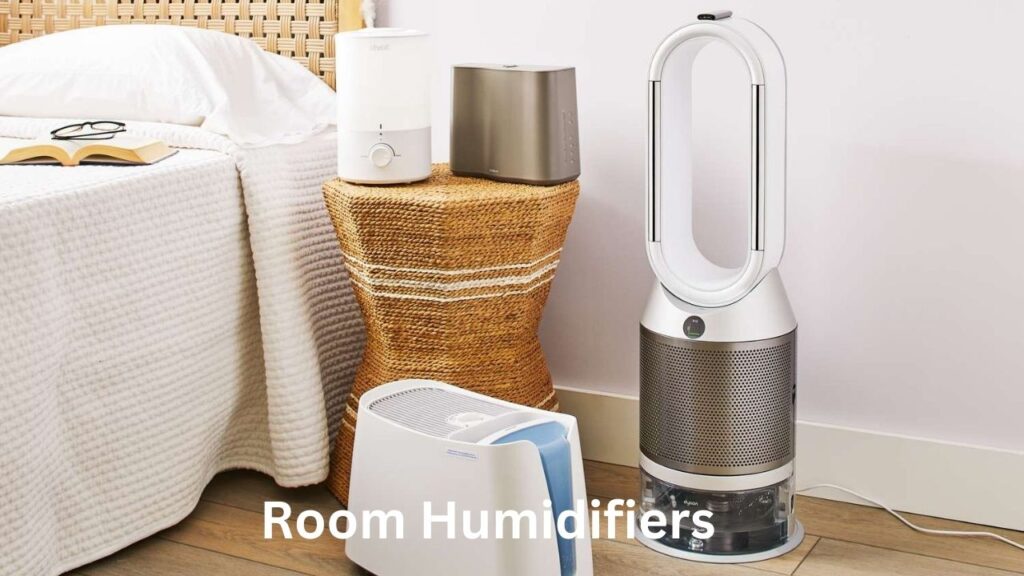
Proper placement and maintenance of grow room humidifiers are crucial for the successful cultivation of plants in indoor gardens. When it comes to placing your humidifier, it is important to consider the specific needs of your plants. Ideally, the humidifier should be positioned in a central location within the grow room to ensure that the humidity is evenly distributed. Placing the humidifier near a fan or air vent can help in spreading the moisture throughout the space.
Additionally, it is essential to regularly maintain your grow room humidifier to ensure optimal performance and longevity. This includes cleaning the unit regularly to prevent the buildup of mineral deposits and mold. It is advisable to follow the manufacturer’s instructions for cleaning and maintenance procedures. Furthermore, it is important to regularly check and replace the filters if applicable, as dirty filters can reduce the efficiency of the humidifier. By paying attention to placement and conducting regular maintenance, you can ensure that your grow room humidifier provides the necessary humidity levels for healthy plant growth.
Ensuring Optimal Humidity Levels for Seedlings and Clones: Room Humidifiers
Seedlings and clones require specific humidity levels to ensure their healthy growth and development. Maintaining optimal humidity is essential in creating a favorable environment for these delicate plants. It is widely accepted that seedlings and clones thrive in a humidity range of 70-80%. At this level, the plants experience minimal stress and are more likely to establish strong root systems, leading to vigorous growth.
High humidity helps to prevent seedlings and clones from drying out, especially during their sensitive early stages. The moisture in the air around them reduces transpiration, allowing the plants to retain water and nutrients more efficiently. Additionally, higher humidity levels create a moist environment that aids in the absorption of water through the tiny root systems of these young plants. This moisture availability is crucial for the development of healthy roots, which are the foundation of a robust plant.
However, it is essential to strike a balance and prevent the humidity from becoming excessive. Extremely high humidity can lead to issues like damping-off disease and fungal growth, which can harm your precious seedlings and clones. These problems arise when the moisture in the air becomes stagnant, creating a breeding ground for pathogens. It is crucial, therefore, to ensure proper air circulation and ventilation within the grow room to maintain an ideal humidity level while minimizing the risk of fungal diseases.
Now that we understand the importance of maintaining optimal humidity levels for seedlings and clones, let’s explore important factors to consider when choosing a grow room humidifier.
Achieving the Ideal Humidity for Vegetative Growth in Your Grow Room Humidifiers
Maintaining the ideal humidity level in your grow room is crucial for the healthy vegetative growth of your plants. During the vegetative stage, plants require a higher humidity level to support their rapid growth and development. The optimal humidity range for vegetative growth typically falls between 50% to 70%.
High humidity levels promote transpiration, which in turn increases the uptake of nutrients by the roots and enhances nutrient transport throughout the plant. This leads to larger, healthier, and more vigorous vegetative growth. Additionally, adequate humidity prevents leaf desiccation and helps plants to efficiently regulate their temperature through evapotranspiration. On the other hand, excessively low humidity can result in stunted growth, leaf curling, and even nutrient deficiencies.
Maintaining the Right Humidity Level for Flowering and Fruiting Plants
Maintaining the right humidity level is crucial for the optimal growth and development of flowering and fruiting plants in your grow room. This stage of the plant’s life cycle is when they require specific environmental conditions to produce beautiful blooms and bountiful harvests.
Flowering and fruiting plants thrive best in a slightly lower humidity range compared to other stages of growth. Ideally, you should aim for a humidity level between 40% and 50%. This range helps prevent excessive moisture that can lead to mold, mildew, and other fungal issues that could harm your plants. Additionally, maintaining lower humidity levels during this stage encourages the plants to focus their energy on producing flowers and fruits, rather than excessive foliage.
To achieve the desired humidity level, it is essential to monitor and adjust both your humidifier settings and ventilation system. Regularly check the humidity levels using a hygrometer, and make adjustments as needed. If the humidity is too high, consider increasing ventilation or reducing the output of your humidifier. On the other hand, if the humidity is too low, you may need to increase the output or use additional humidification methods such as evaporative pads or humidifying agents. By closely monitoring and managing the humidity levels, you can create an environment that promotes healthy flowering and abundant fruiting in your grow room.
Addressing Common Issues and Troubleshooting Tips for Grow Room Humidifiers
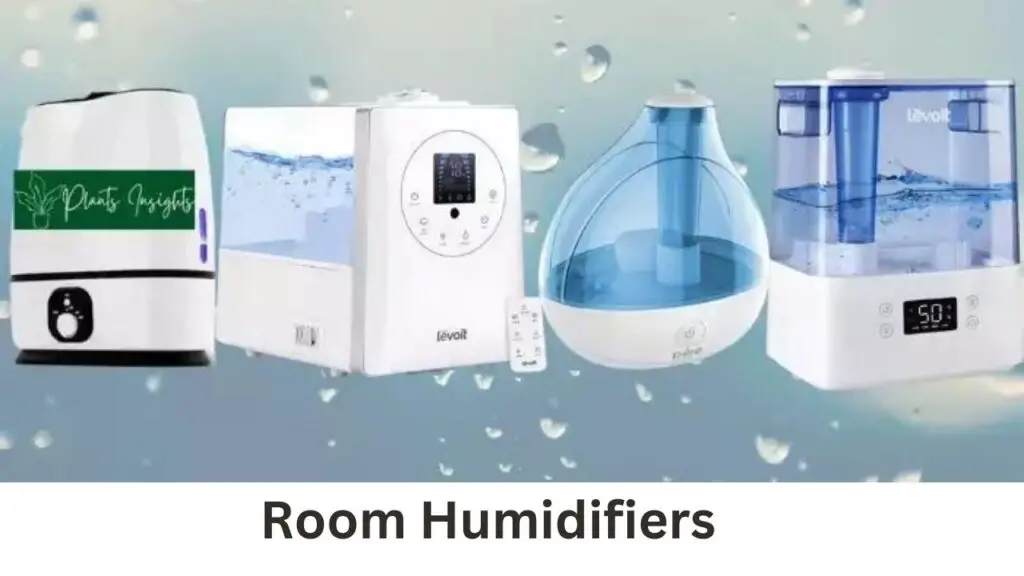
Common Issues and Troubleshooting Tips for Grow Room Humidifiers
One common issue that growers may encounter with their grow room humidifiers is the buildup of mineral deposits. Over time, minerals in the water can accumulate in the humidifier and its components, leading to clogs and reduced performance. To address this issue, it is important to regularly clean and descale the humidifier. Follow the manufacturer’s instructions for cleaning and use a gentle cleaning solution to remove any mineral deposits. Additionally, using distilled or filtered water can help minimize the buildup of minerals and prolong the lifespan of your humidifier.
Another issue that can arise with grow room humidifiers is inadequate humidity levels. If you find that your plants are not receiving enough moisture, there are several troubleshooting steps to take. First, check that the humidifier is properly sized for your grow room. If the humidifier is too small for the space, it may not be able to maintain the desired humidity levels. Additionally, ensure that the humidifier is placed in a central location within the grow room to ensure optimal distribution of moisture. It is also important to regularly monitor the humidity levels using a hygrometer and adjust the settings on your humidifier as needed. By addressing these common issues and following these troubleshooting tips, growers can maintain optimal humidity levels for their plants’ health and growth.
Enhancing Humidity Control with Additional Tools and Techniques
To enhance humidity control in your grow room, there are several additional tools and techniques that you can utilize. One effective method is the use of a dehumidifier in combination with your grow room humidifier. While the humidifier adds moisture to the air, the dehumidifier works to remove excess humidity, ensuring a balanced and optimal environment for your plants to thrive.
It is also important to consider the benefits of incorporating fans into your humidity control system. Fans help in improving air circulation, preventing the formation of stagnant pockets of moist air. This can reduce the risk of mold and mildew growth, as well as create a more uniform humidity level throughout the grow room. By strategically positioning fans in areas where air tends to be stagnant, such as corners or behind equipment, you can effectively enhance the efficiency of your humidity control setup. Additionally, using a fan speed controller can allow you to adjust the airflow according to the specific needs of your plants, giving you greater control over humidity levels.
Certainly! Here’s a table with information about some popular grow room humidifiers:
| Humidifier Model | Type | Capacity | Coverage Area | Features |
|---|---|---|---|---|
| TaoTronics Cool Mist Humidifier | Ultrasonic | 4L (1.06 gallons) | Up to 322 sq. ft. | Adjustable mist settings, LED display, and quiet operation. |
| Honeywell HCM-350 Germ-Free Cool Mist Humidifier | Evaporative | 3.78L (1 gallon) | Up to 500 sq. ft. | UV technology kills up to 99.9% of bacteria in the water. |
| LEVOIT LV600HH Hybrid Ultrasonic Humidifier | Ultrasonic | 6L (1.5 gallons) | Up to 753 sq. ft. | Warm and cool mist options, remote control, and auto mode. |
| Pure Enrichment MistAire Ultrasonic Cool Mist Humidifier | Ultrasonic | 1.5L (0.4 gallons) | Up to 250 sq. ft. | Optional night light, variable mist control, and automatic shut-off. |
| Vornado Evap40 Evaporative Humidifier | Evaporative | 3.8L (1 gallon) | Up to 1,000 sq. ft. | Adjustable humidity settings, 4-speed fan, and large coverage area. |
| Elechomes UC5501 Ultrasonic Humidifier | Ultrasonic | 6L (1.6 gallons) | Up to 750 sq. ft. | Remote control, dual 360° nozzles, and humidity sensor. |
| AIRCARE MA1201 Whole-House Console-Style Evaporative Humidifier | Evaporative | 13.2L (3.5 gallons) | Up to 3,600 sq. ft. | Digital display, adjustable humidistat, and automatic shut-off. |
| Crane Ultrasonic Cool Mist Humidifier | Ultrasonic | 3.8L (1 gallon) | Up to 500 sq. ft. | Whisper-quiet operation, variable mist output, and colorful design options. |
Please note that the effectiveness of a humidifier depends on factors such as the size and layout of your grow room, as well as your specific humidity needs. Always follow the manufacturer’s recommendations for maintenance and use, and choose a humidifier that suits the size of your grow space.
Exploring Alternative Methods of Humidity Control in Grow Rooms
When it comes to controlling humidity in grow rooms, there are alternative methods that can be explored to ensure optimal conditions for plant growth. One such method is the use of desiccants, which are substances that absorb moisture from the air. Silica gel, for example, is a commonly used desiccant that can be placed in containers or hung in the grow room to help reduce humidity levels. Additionally, there are natural desiccants like activated charcoal or rice that can be used as well.
Another alternative method is the use of ventilation and air circulation systems. By strategically placing fans and vents in the grow room, growers can create air movement that helps to regulate humidity levels. The constant flow of fresh air can help prevent moisture buildup and promote healthier plant growth. Investing in a quality exhaust system can also help remove excess humidity from the grow room, keeping it at an optimal level for plant cultivation.
It is important to note, however, that while alternative methods of humidity control can be effective, they may not offer the same level of accuracy and precision as dedicated humidifiers. Growers should carefully consider their specific needs and the requirements of their plants before choosing alternative methods of humidity control in their grow rooms.
What are some alternative methods of humidity control in grow rooms?
Some alternative methods of humidity control in grow rooms include using dehumidifiers, ventilation systems, and desiccant materials.
Can I use a dehumidifier instead of a humidifier in my grow room?
Yes, a dehumidifier can effectively control humidity levels by removing excess moisture from the air. However, it is important to monitor humidity levels and ensure they do not drop too low.
How can ventilation systems help with humidity control in grow rooms?
Ventilation systems can help control humidity by constantly exchanging the air in the grow room, allowing excess moisture to be expelled and fresh, drier air to enter.
What are desiccant materials and how can they be used for humidity control?
Desiccant materials, such as silica gel or calcium chloride, absorb moisture from the air. Placing them strategically in your grow room can help reduce humidity levels.
Are there any other tools or techniques that can enhance humidity control in grow rooms?
Yes, using hygrometers to monitor humidity levels, employing humidity controllers to automate the process, and implementing misting systems for targeted moisture are some additional tools and techniques that can enhance humidity control in grow rooms.
Can using alternative methods of humidity control affect plant growth?
It is important to choose the right alternative method based on the specific needs of your plants. In some cases, using alternative methods may require additional adjustments to maintain optimal humidity levels for healthy plant growth.
How can I troubleshoot common issues with grow room humidifiers?
Some common issues with grow room humidifiers include leaks, improper humidity level readings, and loud noise. Refer to the manufacturer’s instructions for troubleshooting steps or consider contacting customer support for assistance.
Is it necessary to place grow room humidifiers in a specific location?
Yes, proper placement of grow room humidifiers is crucial for efficient humidity control. Placing them near intake vents or air circulation systems can help distribute moisture evenly throughout the space.
How often should I maintain my grow room humidifier?
Regular maintenance is important to ensure the longevity and efficiency of your grow room humidifier. Cleaning the unit and replacing filters as recommended by the manufacturer is typically necessary to prevent mold and mineral buildup.
Can I use multiple types of grow room humidifiers together?
Yes, it is possible to use multiple types of grow room humidifiers together to achieve the desired humidity levels. However, it is important to carefully monitor and adjust each unit to avoid over-humidification.

